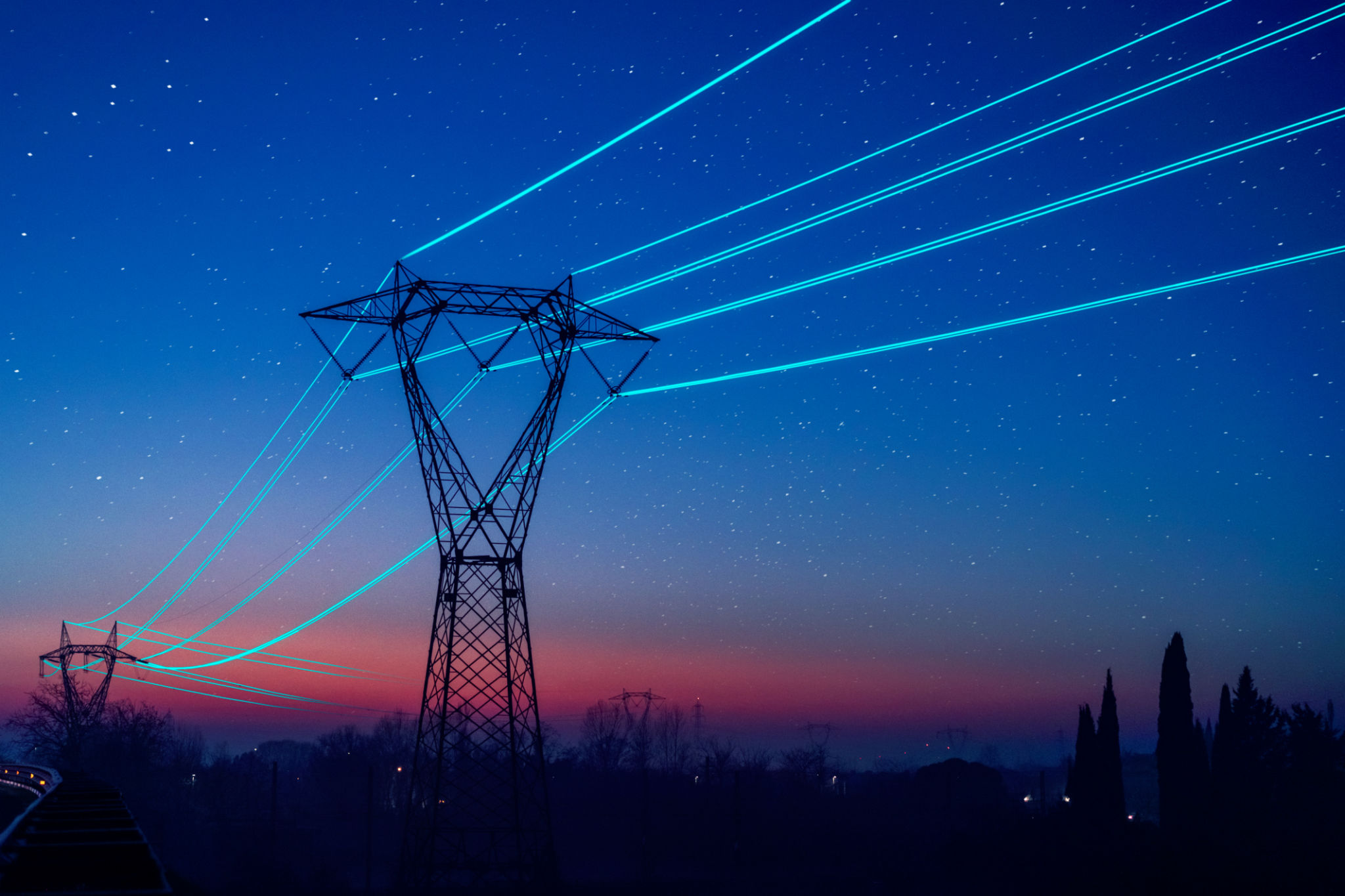A Guide to Choosing the Right Bird Flight Diverter
Understanding Bird Flight Diverters
Bird flight diverters are essential tools for protecting both avian wildlife and human infrastructure. These devices are designed to make power lines, communication towers, and other structures more visible to birds in flight, thereby preventing collisions. As awareness of the importance of bird conservation grows, selecting the right flight diverter becomes crucial for companies and conservationists alike.
Choosing the appropriate bird flight diverter involves considering several factors, including the type of birds in the area, the environment's characteristics, and the specific needs of your infrastructure. Understanding these elements will help ensure that you invest in a solution that effectively minimizes avian collisions.

Types of Bird Flight Diverters
There are various types of bird flight diverters available, each suited for different scenarios. The main types include:
- Spiral Diverters: These devices are coiled around power lines and are highly visible due to their spiral design. They are effective for areas with frequent bird activity.
- Swinging Rods: These diverters hang from lines and move with the wind, catching birds' attention through their motion.
- Reflective Diverters: Utilizing reflective materials or colors, these diverters create a visual cue for birds, especially useful in low-light conditions.
Each type has its advantages and is best suited for particular environments and bird species. Understanding these differences is crucial for making an informed choice.
Factors to Consider When Choosing a Diverter
When selecting a bird flight diverter, consider the following factors:
- Bird Species: Identify the species most at risk of collision in your area. Different birds have varied flight patterns and visibility requirements.
- Environmental Conditions: Assess weather patterns, landscape features, and light conditions to determine the most effective diverter type.
- Infrastructure Type: Consider the specific characteristics of your infrastructure, such as height and location, as these can influence diverter performance.

Installation and Maintenance
Proper installation is key to the effectiveness of bird flight diverters. They should be placed at intervals that ensure maximum visibility and effectiveness for the target bird species. Consulting with experts or following manufacturer guidelines can help achieve optimal results.
Regular maintenance is also essential to ensure that the diverters remain functional and visible. This includes checking for wear and tear, cleaning reflective surfaces, and replacing any damaged components.
The Impact on Bird Conservation
The implementation of bird flight diverters can significantly reduce bird mortality rates due to collisions. By increasing the visibility of potential obstacles, these devices play a crucial role in preserving avian biodiversity and supporting conservation efforts globally.

Furthermore, using bird flight diverters demonstrates a commitment to sustainable practices and environmental stewardship. Organizations that prioritize wildlife conservation can enhance their reputation and appeal to eco-conscious consumers.
Conclusion
Choosing the right bird flight diverter requires careful consideration of various factors, including bird species, environmental conditions, and infrastructure type. By understanding these elements and selecting an appropriate solution, you can effectively reduce bird collisions and contribute to conservation efforts.
Investing in high-quality bird flight diverters not only benefits wildlife but also aligns with sustainable practices that support long-term ecological health. As awareness continues to grow, these devices will remain an essential component of wildlife-friendly infrastructure development.